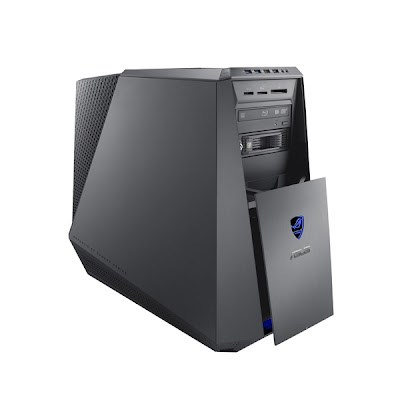HP decided this was the day when its product line would grow, so it launched a huge collection of business and consumer products, including notebooks, even though availability is weeks to months away.
Here we will speak of the new Pavilion notebook PCs for consumers, called Pavilion m6, Pavilion dv-series and Pavilion g-series.
Pavilion m6 measures 15.6 inches in diagonal and, though it seems to be thin enough and even has an aluminum case, isn't described as an Ultrabook.
Both Intel and AMD CPUs, as well as discrete graphics, will be available to choose from when the product starts shipping this summer.
The price has not been disclosed, but we doubt it will be low, given the hardware and HP's exclusive additions, like HP CoolSense technology (adjusts performance and fan speed automatically), HP ProtectSmart (locks the HDD in case of drops), HP SimplePass (remembers online passwords), and HP TrueVision HD Webcam.
The new HP Pavilion dv line is made of Pavilion dv4, dv6 and dv7. The dv4 has black, white and red color options, while the other two get metal finish.
None of them has discrete graphics by default, but it is possible to add an NVIDIA part to the mix. The screen should be in 14-inch, 15.6-inch and 17-inch sizes, respectively. HP CoolSense, HP ProtectSmart, HP TrueVision HD Webcam and HP SimplePass are available on the larger two.
As for the prices, they will be $549.99, $549.99 and $799.99, respectively, when shipments start on June 20. European stores will no doubt list them for just as many Euro, eventually.
And now we arrive at the Pavilion g-series: g6 and g7 (15.6-inch and 17/17.3-inch, probably), with curved, beveled edges, a bowl-shape keyboard deck, textured touchpad and audio that is “enhanced with both design and functional elements.”
Ruby red, linen white, sparkling black, winter blue and bright purple colors, as HP calls them, will be up for grabs beginning on July 25. The starting prices are of $449.99 for the g6 and and $499.99 for the g7.



 5/09/2012 09:22:00 PM
5/09/2012 09:22:00 PM
 dannzfay
dannzfay





















































